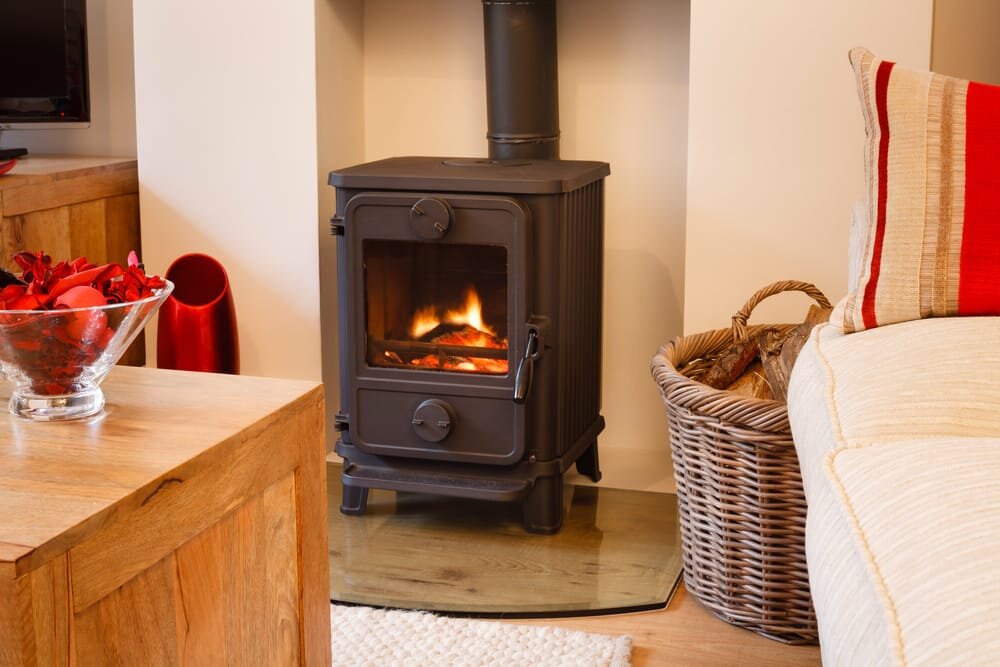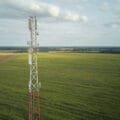The demand for firewood has seen a noticeable growth in recent years, with sales increasing by as much as 20 to 25% in 2022, according to industry experts. This can be for anything from wood-burning stoves to firepits and shows how popular home burning has become. However, many may not know what wood is best for burning sustainably and efficiently.
Stephen Talbot, sales director of Logs Direct, one of the leading suppliers of kiln-dried firewood in the UK, has provided this guide into the best woods for home burning for the perfect blend of heat output and long burning. This way, you can make informed and knowledgeable decisions on the woods you’re buying.
The basics of hardwoods vs softwoods
When learning about different types of wood, the first big lesson is the difference between hardwood and softwood. Some common examples of hardwoods are oak, beech, and ash, and they’re characterised by their denser structure, which causes them to burn more slowly. This means that their heat output lasts longer and provides more consistent heat.
Softwoods, meanwhile, are better for kindling, as they ignite easier and burn faster than hardwoods, such as pine or spruce. This is why when you’re building an efficient fire, using a mix of both styles of wood is best for getting it started burning and then maintaining it. Use softwoods as a base for kindling and catching light, and then stack hardwoods on top in a teepee position to ensure they light properly.
Dried wood means better burns
While wood you can buy from your chosen supplier means it’ll be dried, it’s important to note that you shouldn’t burn any wood you have or even find. For the most efficient burning and avoiding a surplus of smoke that can cause a buildup of soot and creosote in your chimney, it’s best to use wood that has a moisture content of between 10 and 20%.
Oak – the standard bearer of hardwoods
If you were to establish the standard bearer among hardwoods, few come close to oak. Slow burning with a high heat output (but only if you have a good draw on your fire), it’s an ideal choice to warm through a living room from a wood-burning stove or a group around a firepit. It takes longer to season than other woods, but it’s more than worth it. It is a reliable source of fuel for home fires.

Beech – consistent and clean
Another hardwood for a consistent and steady heat output is beech, which benefits from not as much crackling or popping as others. It’s also a wood that results in less creosote buildup than other choice hardwoods, meaning less of a chimney fire risk. For those looking for an efficient wood with less fireplace cleanup, beech might be the wood for you.
Ash – the perfect preparation wood
For veteran log burners who may prefer to break down and season their wood, ash is a fantastic choice. It splits well and is incredibly fast seasoning, and once burning, it offers a steady flame with consistent output. It’s also available seasoned like other hardwoods on this list and is just as practical as the version you season yourself.
Birch – perfect for an easy fire
Birch wood, or other members of the birch family like alder wood, are perfect for a quick fire. They catch quickly and give you lots of pleasant dancing flames with plenty of heat to get the fire going, but it won’t last anywhere as long as harder woods.
But in Britain today, birch and alder have proved to be favourites for the pizza oven. Whether it’s for a commercial operation or domestic pizza oven party they can give you the speed of lighting with the length of flame to the middle of the dome and heat to get the pizza cooked perfectly.
Choosing sustainability and responsibility
It’s not just about the heat output or how quickly the wood burns, but considering the sustainability of your chosen fuel is an important factor. Buying firewood that’s been locally sourced cuts down on emissions from transporting it and helps sustain local businesses. Plus, to ensure that it’s coming from forests that are being maintained and overseen responsibly, look for certification from the Forest Stewardship Council (FSC).
Finding the right balance between your use of softwoods and hardwoods builds the best home-burning fire. On top of this guide, it’s important to correctly store your fuel so that it’s not tainted by weather conditions that you can’t control, leading to the moisture content rising or any moss or mould forming. This can be done by storing it in a cool, dry area or even building a log shed to keep it covered.







